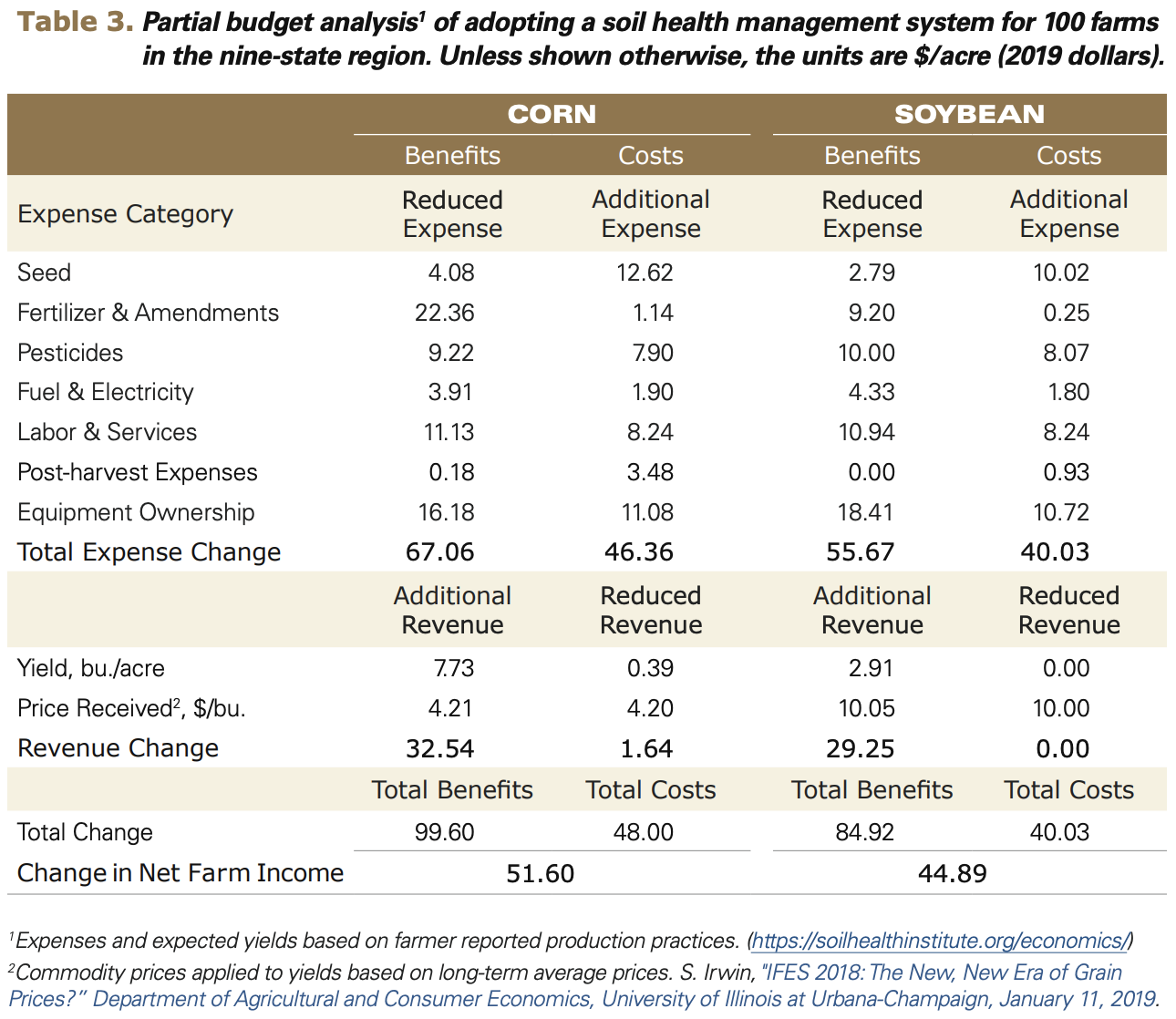StrongSoil® Helps Farmers Use Nutrients More Effectively
Summary
Farmers need to find a way to save money, and one way is to be more efficient with fertilizer. StrongSoil® – which is loaded with nutrient cycling bacteria – helps to improve nutrient use efficiency and strengthen plant resilience. This helps farmers grow more profitability and sustainability.
The Challenge: Fertilizer is Overapplied
Across much of the world, farms are applying far more fertilizer than crops can use. According to Our World in Data, as little as one third of nitrogen fertilizer and half of phosphorous globally is absorbed by plants. The rest is lost to the air and waterways. These excess nutrients leach into groundwater, cause harmful algal blooms, and release nitrous oxide – a potent greenhouse gas,
This overuse is expensive and wasteful. This is an excellent opportunity to improve efficiency. In fact, the Soil Health Institute’s study of 100 farms found that adopting soil health systems such as improving the biodiversity of soils cut fertilizer costs by $22 per acre for corn and $9 per acre for soybeans while improving yields. With crop input prices high and variable, finding ways to reduce overapplication of fertilizer is vital.
Why Over-Fertilization Happens
Modern agriculture often focuses on adding nutrients rather than enabling plants to use them efficiently. But nutrients in the soil do not automatically reach crops. They must be transformed into plant-available forms through microbial processes driven by bacteria and fungi that “cycle” nitrogen, phosphorus, potassium, and trace minerals.
When these microbes are missing or inactive, plants lose their natural nutrient partners. The result: more fertilizer is needed to achieve the same yield.
Source: “Fertilizers, a Boon to Agriculture, Pose Growing Threat to U.S. Waterways” New York Times. By Tatiana Schlossberg. July 27, 2017.
The Economic Opportunity for Farmers
Improving nutrient efficiency is a major economic opportunity for farmers. Fertilizer is one of the largest and most volatile input costs in agriculture, with nitrogen prices fluctuating by more than 200% in recent years. Farmers that can make more efficient use of fertilizer can shield themselves from these swings. One way to do this is via soil microbes which help plants release and recycle nutrients already in the ground. When soils have plentiful nutrient cycling microbes, farmers can maintain yields with fewer external inputs, thereby improving profitability.
StrongSoil® Restores Nutrient Cycling
StrongSoil®, developed by CHONEX, helps plants use nutrients better. Made by refining layer-hen manure with black soldier fly larvae, StrongSoil® captures a powerful community of beneficial microbes evolved to process nutrients efficiently. Independent BeCrop® trials on corn, cotton, and peanuts show how StrongSoil® directly boosts soil function:
+164% increase in nitrogen cycling pathways, improving plant access to nitrogen locked in organic matter.
+105% improvement in sulfur cycle equilibrium, supporting protein and chlorophyll formation.
+5–7% greater mobilization of potassium and chlorine, vital for water balance and enzyme activation.
+18% higher capacity to deliver plant-available nitrogen across multiple sites.
What Does This Mean? It is Possible to Reduce Inputs
If farmers are considering reducing fertilizer use this year to save costs, applying StrongSoil® or other sources of nutrient cycling microbes can be a good strategy to help mitigate the risk of doing so. While companies like CHONEX are careful with making prescriptions, in many tests yields at as much as half the applied nitrogen have shown to maintain yields compared with 100% applied nitrogen. Further validation is needed, but with a clear mode of action and results that demonstrate possible strong savings, this is encouraging.
Source: single trial result from StrongSoil® 2024 corn tests in Alabama.
This is also Better for the Planet
Efficient nutrient use is also an environmental win. Healthier soils let farmers achieve the same or higher yields with less fertilizer input. This means that less fertilizer ends up in the environment and – potential – less fertilizer needs to be made.
So What Next?
Farmers considering reducing chemical fertilizers might consider improving their soil health to mitigate any risk of doing so. StrongSoil® is a solid option.



